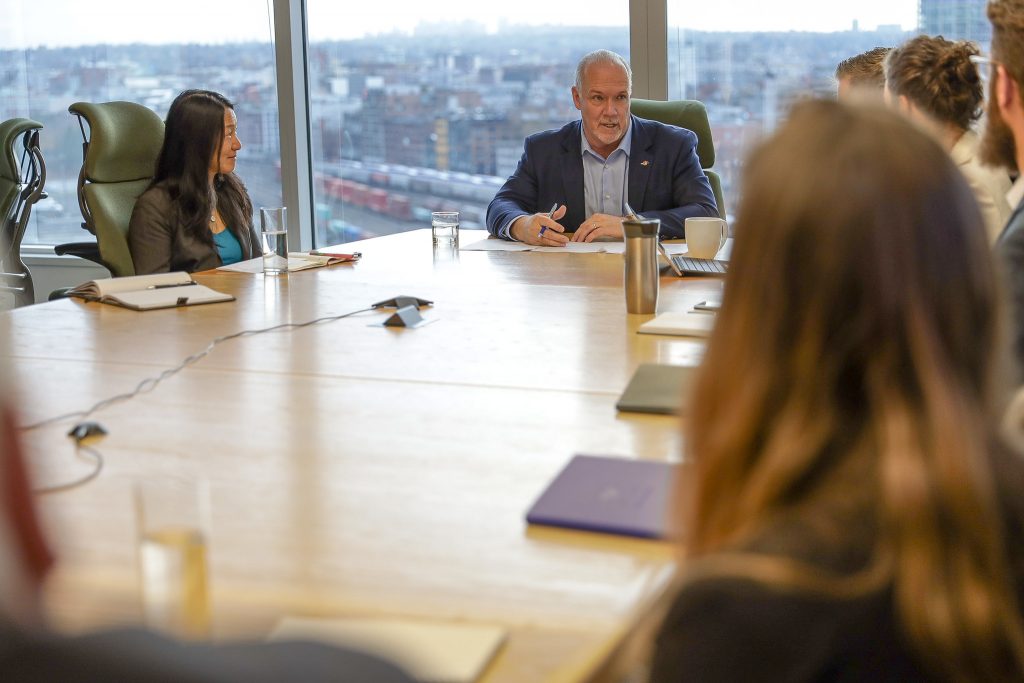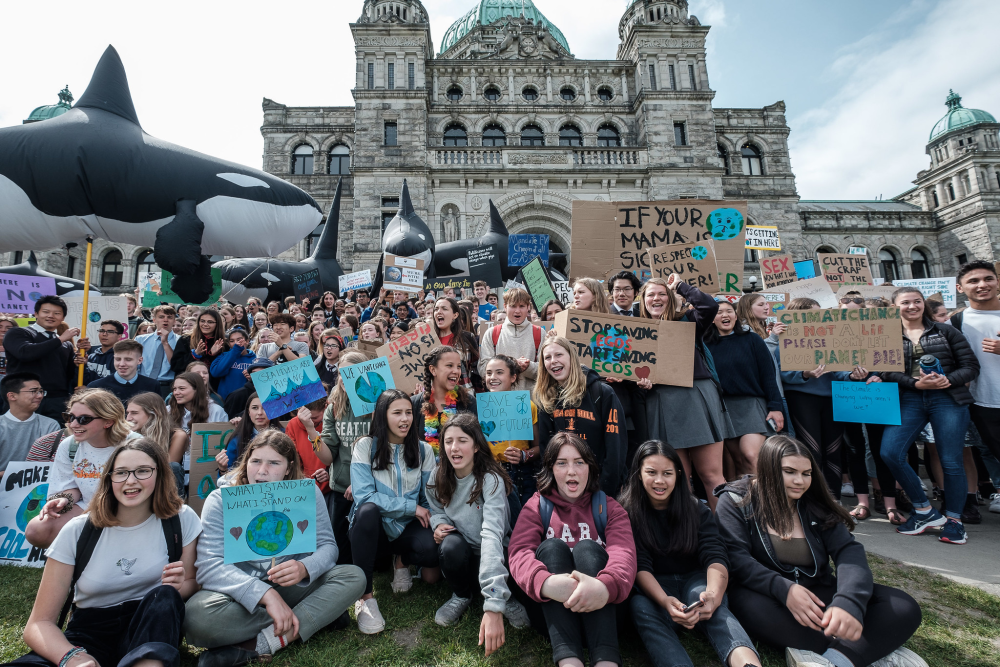A year ago, B.C.’s third climate plan, CleanBC, garnered tremendous fanfare when it was released. As a busy 2019 winds down, it’s an opportune time to take stock and look ahead with the benefit of hindsight. B.C. has taken big steps forward in the past year, but 2020 will be the push-comes-to-shove moment for the province as the government charts a path to meeting our legislated 2030 target for reducing climate pollution.
CleanBC is projected to get us 75 per cent of the way to the 2030 target. Closing the 25 per cent gap identified in CleanBC must be a top priority for the government in 2020. What will it take?
It's one thing to have a vision; it's another to clearly define how we'll power it. And that means making tough decisions about how B.C. will achieve climate goals while satisfying energy demands. To achieve climate commitments, the province will need to increase the clean energy mix while decreasing fossil fuel use.
Today's choices have to be made with the long view in sight. It's not enough to work toward 2030; we can't lock in gas infrastructure that will hamper our ability to meet our 2040 and 2050 targets as well. A clean energy plan would bring together the work and results of B.C. Hydro’s Phase 2 comprehensive review, updating B.C.’s bioenergy strategy, the forthcoming hydrogen roadmap, and other government initiatives to set the course for investment and regulation.
Taking action on carbon pollution
Amendments to the province’s Climate Change Accountability Act gave the province’s climate targets law some much-needed teeth. While it’s an important milestone in the history of B.C. climate leadership — and first-of-its-kind legislation in North America — the critical details are yet to be hammered out. In 2020, we should expect the government to set an interim emissions target on the way to 2030, and define the sectors that will be assigned sectoral emissions targets, which will be reviewed every five years. B.C.’s reforms should serve as a blueprint for robust federal mechanisms to ensure transparency and accountability on climate action.
Along with sectoral targets, B.C. needs to bring stronger climate action into our homes and buildings. The government should look at introducing carbon intensity requirements in the B.C. Building Code, mandatory energy labelling and benchmarking for buildings, and innovative ways to support deep energy retrofits to homes, such as new financing mechanisms. The Pembina Institute estimates B.C. needs to retrofit 30,000 homes, 17,000 apartment units, and 3 million square metres of commercial space every year until 2050 to decarbonize the building sector. That’s no small order.

Soaring interest in electric vehicles made many headlines during CleanBC’s first year. Thanks to well-subscribed incentives and forward-looking legislation aimed at increasing sales of zero emission vehicles (ZEVs), 10 per cent of new passenger vehicles purchased in B.C. are ZEVs. This is the highest rate of adoption in Canada — well above the national average of 3.5 per cent.
B.C.’s moves have captured the interest of leaders in other countries who are hoping to drive similar growth in ZEVs. We need to see a similar transformation with commercial vehicles — a growing source of climate pollution — with an emphasis on medium and heavy-duty trucks.
Investing in clean innovation
August’s federal-provincial commitment in support of electrifying B.C.’s gas fields was a positive step — but doesn’t address the elephant in the room. Simply put, we can't allow any developments — including liquefied natural gas projects and gas-field operations — to undermine our ability to meet B.C.'s climate goals. The gas sector is already B.C.'s largest source of industrial carbon pollution and warrants a specific target for emissions reductions.
The prospect of selling B.C. LNG for carbon credits internationally has received much attention. However, such a scheme runs the risk of locking in fossil fuel infrastructure at home and abroad while diverting investment away from clean innovation, undermining the goal of building a more sustainable economy in Canada. Replacing one fossil fuel with another is not a long-term solution.
Last year, the provincial budget committed $902 million over three years for CleanBC implementation. This included provincial investments in ultra energy-efficient building projects and low-carbon initiatives in the industrial sector. In B.C.’s Budget 2020, sufficient funding must be earmarked for all ministries involved in delivering CleanBC.
In 2019, the rallying cries of youth around the world and the ballots of the two-thirds of Canadian voters who supported parties committed to climate action sent a strong signal that B.C. is on the right track. Let’s build on this momentum in 2020, close the 25 per cent gap, and lead the way to a safe climate and cleaner economy.
This op-ed originally appeared in the Province on December 30, 2019 (page A16).






